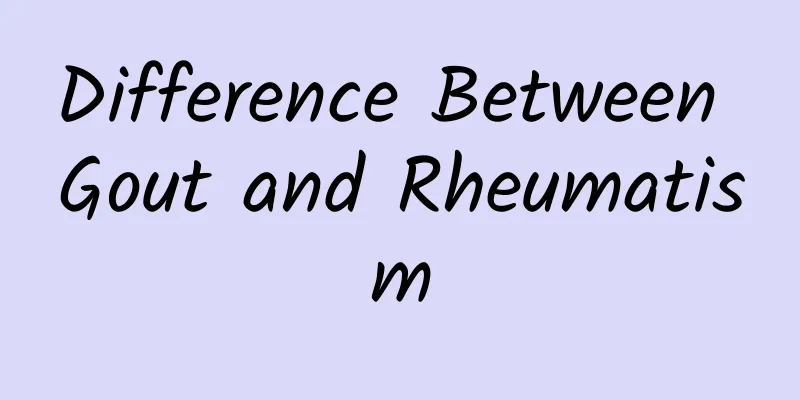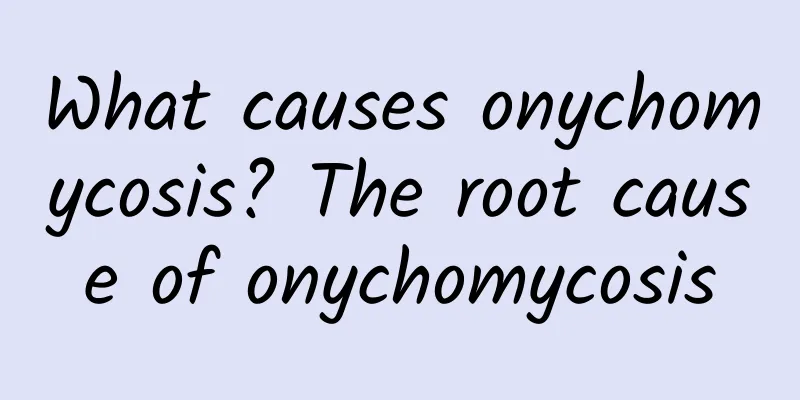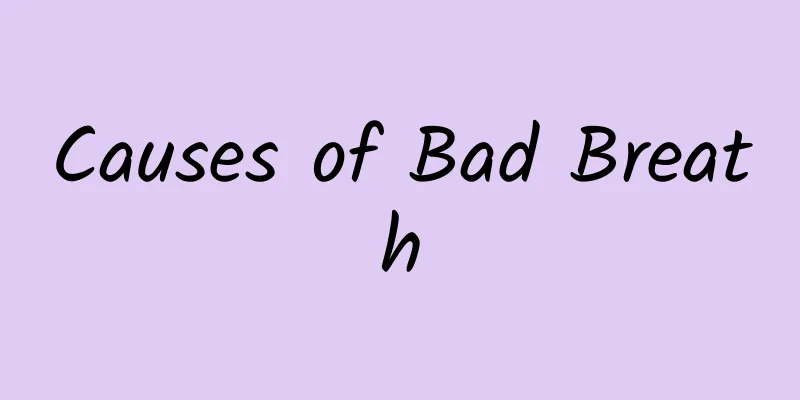The role of wisteria

|
Wisteria is quite common in my country. The shape of its flowers is very similar to that of locust flowers. It blooms in spring and has purple petals. It is used as a gardening decorative plant in many cities in my country. However, wisteria flowers are not just used for decoration. Like locust flowers, they can be eaten in many ways. They can also be used as traditional Chinese medicine. This means that wisteria has many functions and is very adaptable. Therefore, wisteria can be seen in many cities in my country. However, wisteria usually survives by entwining other trees. The specific functions of wisteria flowers are: Edible value In Henan, Shandong and Hebei, people often pick wisteria flowers and steam them to eat, which is fragrant and delicious. Beijing's "Purple Wisteria Cake" and some other local "Purple Wisteria Cake", "Purple Wisteria Porridge", "Fried Pueraria Fish", "Cold Pueraria Flowers", "Stir-fried Pueraria Flowers", etc. are all made with Wisteria flowers. Serving wisteria flowers as a side dish for drinking was in line with the dining customs of the time. Feng Yandeng, a scholar of the Jin Dynasty, praised wisteria flowers as being as delicious as the eight vegetarian delicacies in vegetarian banquets - the custom of eating wisteria flowers has been passed down to this day. In folk culture, the purple flowers are either blanched in water and served cold, wrapped in flour and fried, or used as an additive to make flavored pasta such as "Purple Wisteria Cake" and "Purple Wisteria Cake". Note: Wisteria's blue and white flowers are very beautiful. It mainly grows in the southern and southwestern regions of the United States and is also known as the cloud bean tree. Its entire body is poisonous, and although some reports say its flowers are not toxic, it is still best to be careful. Because a large number of reports and scientific research have shown that if accidentally ingested, it can cause nausea, vomiting, abdominal cramps, and diarrhea. Medicinal value Wisteria's stem bark, flowers and seeds are used as medicine. Wisteria flowers can be used to extract aromatic oils, which can detoxify and stop vomiting and diarrhea. Wisteria seeds are slightly poisonous and contain cyanide. They can treat muscle and bone pain and prevent wine from spoiling. Wisteria bark can kill insects and relieve pain, and can treat rheumatism, pinworm disease, etc. Sweet, bitter and warm in nature. Slightly poisonous. Its pods, seeds and stem bark are poisonous. People who eat the pods and seeds may experience vomiting, abdominal pain, diarrhea and even dehydration. Ingestion of just two seeds can cause severe poisoning in children. In other words, the effects of wisteria are generally analyzed from two aspects: its medicinal value and edible value. In fact, wisteria can also be eaten as a side dish, which has a certain effect on protecting the liver. When applying it as essential oil externally, please first test whether you are allergic. You can only use it if you are not allergic. |
<<: Can I eat motherwort during menstruation?
>>: Traditional Chinese Medicine Treatment for Hair Loss
Recommend
The best treatment for acne
The skin of our human body is the largest organ, ...
Is bloodletting and cupping on the back effective in treating acne?
Acne is familiar to everyone because everyone goe...
What are the dangers of drinking alcohol?
You must not drink alcohol during your menstrual ...
What to do if you are allergic to anesthesia
We all know that pain relief is required for both...
How do tinea versicolor form? It may be an infection!
Tinea versicolor is a common skin disease in clin...
Can I have sex with trichomoniasis?
If you have Trichomonas vaginitis, you should see...
Homemade enema for boys
An enema is an instrument used in the intestines....
What should not be eaten if triglycerides are high
In today's society, people's food is gett...
Does Lingzhi have the effect of strengthening yang?
Ganoderma lucidum is a relatively precious Chines...
Treatment of hypoglycemia
The phenomenon of hypoglycemia has become very co...
How to treat rotavirus enteritis
The stomach and intestines are important digestiv...
Can pregnant women drink senna?
Senna leaves are a common Chinese medicine for tr...
Why do armpits bleed?
Many people may not know why water flows from the...
Symptoms of enuresis
The symptoms and causes of enuresis may be relati...
What are the symptoms of excessive stomach fire in babies?
Babies may also suffer from excessive stomach fir...









